
As India celebrates the 77th anniversary of its independence on August 15, 2024, it stands as a testament to the resilience, determination, and vision of a nation that has undergone profound economic and social evolution. From the struggles of a newly independent country in 1947 to becoming one of the world’s largest economies and a vibrant democracy, India’s journey is a remarkable story of evolution and progress.
To learn more about India’s journey to independence and beyond, Midnight’s Children by Salman Rushdie offers a fictional but profound narrative of the country’s history.
The Economic Evolution of India
In 1947, when India gained independence from British colonial rule, it inherited an economy that was primarily agrarian, with a significant portion of the population living in poverty. The immediate challenge for the new government was to address the severe economic dislocation caused by partition and to lay the foundation for a self-sufficient economy.
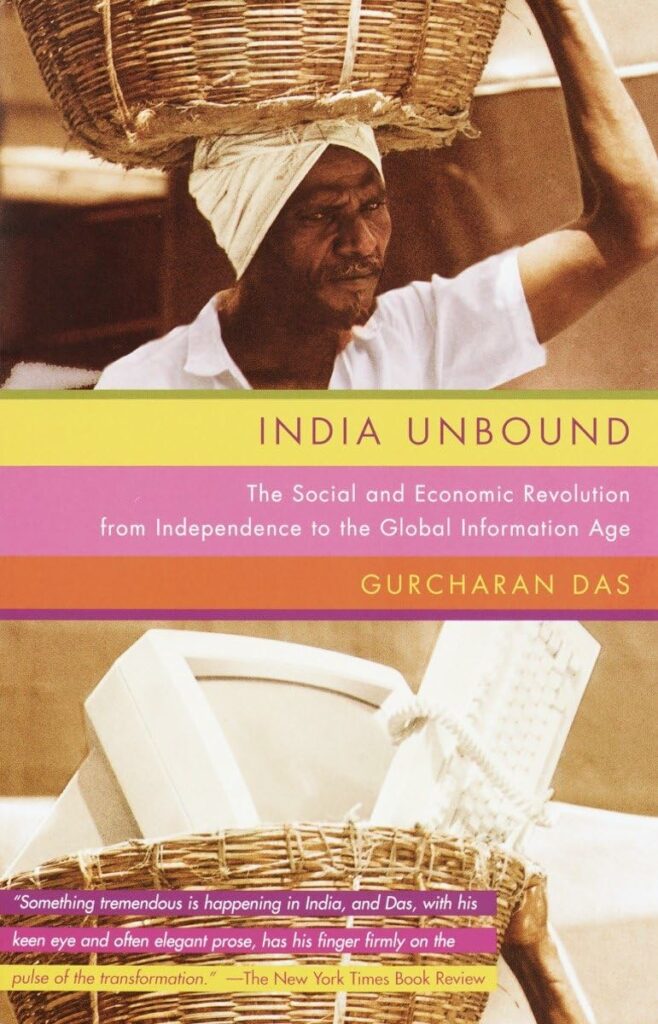
For a deeper understanding of India’s economic journey, consider reading India Unbound by Gurcharan Das, which provides an insightful analysis of India’s transformation since independence.
The Nehruvian Era and the Foundation of Planned Development
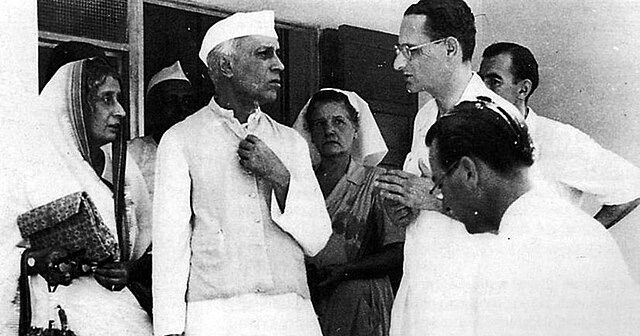
Under the leadership of Prime Minister Jawaharlal Nehru, India adopted a mixed economy with an emphasis on planned development. The government launched a series of Five-Year Plans aimed at promoting industrialization, with a focus on heavy industries, infrastructure development, and the establishment of public sector enterprises. This strategy helped build a strong industrial base, although the pace of economic growth remained modest due to the challenges of a burgeoning population and limited resources.
The Green Revolution and Agricultural Transformation
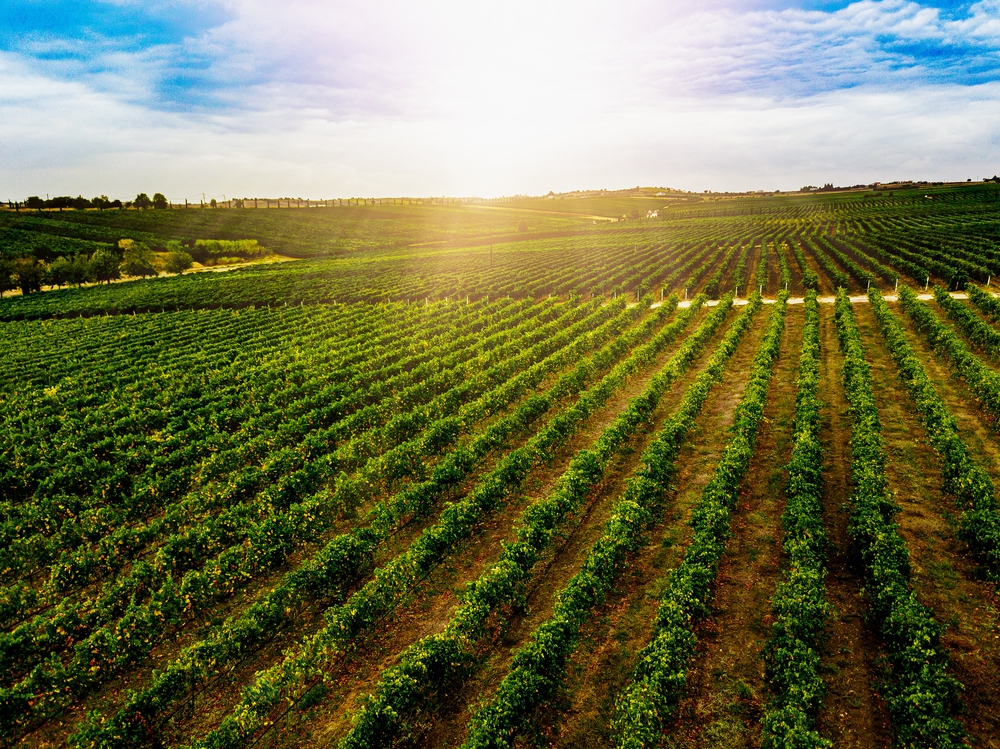
The 1960s and 1970s witnessed the Green Revolution, which significantly transformed India’s agricultural sector. By introducing high-yielding varieties of seeds, chemical fertilizers, and modern irrigation techniques, India not only achieved self-sufficiency in food grains but also became a major exporter. This period also saw a gradual shift in focus from heavy industries to the development of the rural economy, laying the groundwork for rural development programs.
Economic Liberalization and Global Integration

A significant turning point in India’s economic evolution came in 1991 when the country faced a severe balance of payments crisis. The government, under the leadership of Prime Minister P.V. Narasimha Rao and Finance Minister Dr. Manmohan Singh, initiated a series of economic reforms aimed at liberalizing the economy. These reforms included deregulation, reduction of trade barriers, privatization of state-owned enterprises, and encouraging foreign direct investment (FDI).
The liberalization of the Indian economy unleashed a period of rapid economic growth, transforming India into one of the fastest-growing major economies in the world. The IT and services sector emerged as a global powerhouse, contributing significantly to GDP growth. India’s integration into the global economy also expanded, with exports and imports playing a crucial role in economic development.
To explore India’s social and political evolution, The Argumentative Indian by Amartya Sen offers a comprehensive look at India’s rich democratic and social fabric.
The Digital Revolution and Start-up Ecosystem
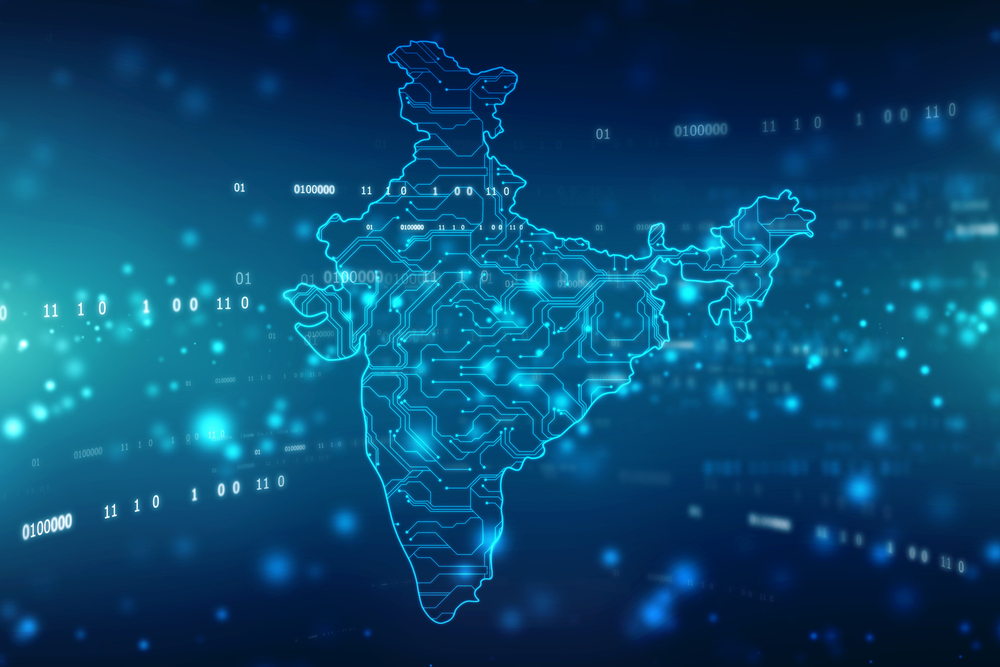
In the 21st century, India has embraced the digital revolution with remarkable enthusiasm. The advent of affordable mobile technology and internet access has brought about significant changes in various sectors, including finance, education, healthcare, and governance. Initiatives like Digital India, which aim to empower citizens through digital literacy and e-governance, have further accelerated the pace of technological adoption.
India’s start-up ecosystem has flourished, with the country now being home to several unicorns across diverse sectors. The rise of fintech, e-commerce, and digital payments has revolutionized the way Indians conduct business and manage their finances.
Interested in the impact of digital technology on India’s economy? The Billionaire Raj by James Crabtree delves into the rise of India’s digital economy and its implications.
Social Evolution and Progress
Democracy and Political Stability
India’s social evolution has been deeply intertwined with its democratic framework. Despite its vast diversity, India has managed to maintain political stability and a functioning democracy for over seven decades. The country’s electoral process, with periodic elections at both the central and state levels, has ensured that the voice of the people remains integral to governance.
Education and Health
Undoubtedly, one of the most significant achievements in India’s social evolution has been the improvement in education and health indicators. The literacy rate has risen from a mere 12% in 1947 to over 74% in 2021. Moreover, the Right to Education Act, implemented in 2009, has played a critical role in ensuring access to education for all children.
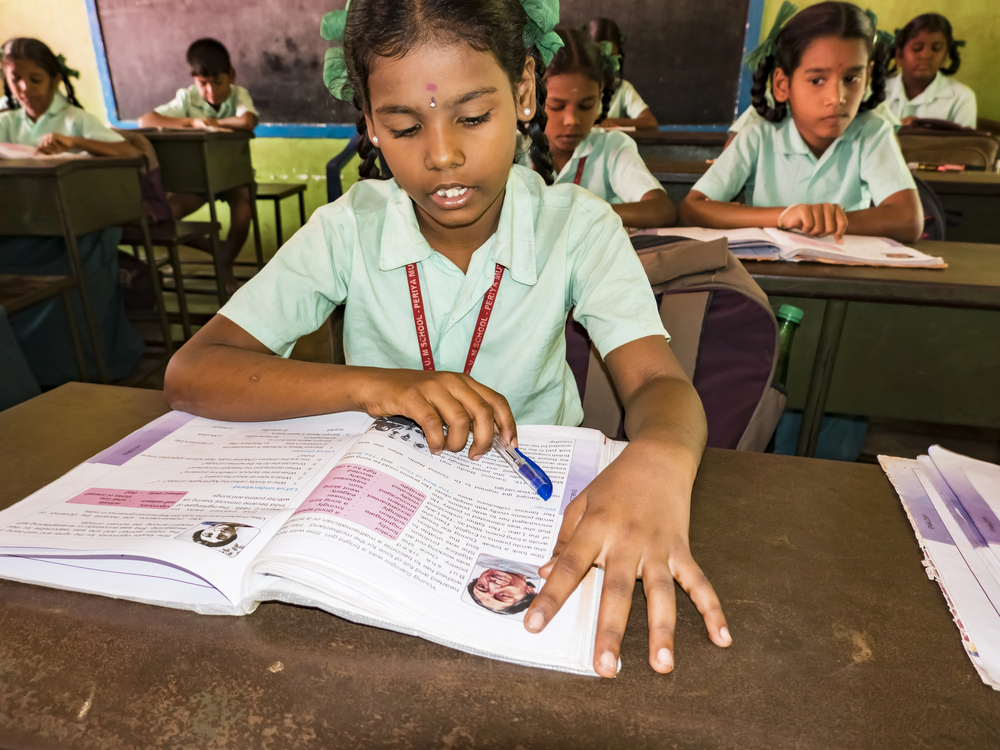
In the healthcare sector, India has made remarkable strides in reducing infant mortality, eradicating diseases like polio, and improving life expectancy. The launch of the Ayushman Bharat scheme, which aims to provide health insurance to millions of low-income families, is a step towards achieving universal healthcare.
Social Justice and Women Empowerment

India’s social evolution has also been marked by efforts to promote social justice and gender equality. The Indian Constitution, which guarantees equal rights to all citizens, has been the cornerstone of these efforts. Reservation policies for marginalized communities and various government schemes have been instrumental in uplifting the socio-economic status of historically disadvantaged groups.
Women’s empowerment has been a key focus area, with significant progress made in areas such as education, employment, and political participation. Initiatives like Beti Bachao Beti Padhao (Save the Daughter, Educate the Daughter) and increased representation of women in politics and corporate leadership roles reflect the changing status of women in Indian society.
Challenges and the Road Ahead

Despite the significant progress, India continues to face challenges such as poverty, unemployment, regional disparities, and environmental degradation. However, the nation’s resilience, coupled with its commitment to inclusive growth and sustainable development, provides hope for a brighter future.
As India marks 77 years of independence, it stands as a symbol of unity in diversity, economic resilience, and social progress. The journey from a nascent nation to a global powerhouse is a testament to the enduring spirit of the Indian people. With a continued focus on innovation, artificial intelligence, social justice, and sustainable development, India is poised to build on its achievements and continue its march towards becoming a global leader in the 21st century.

